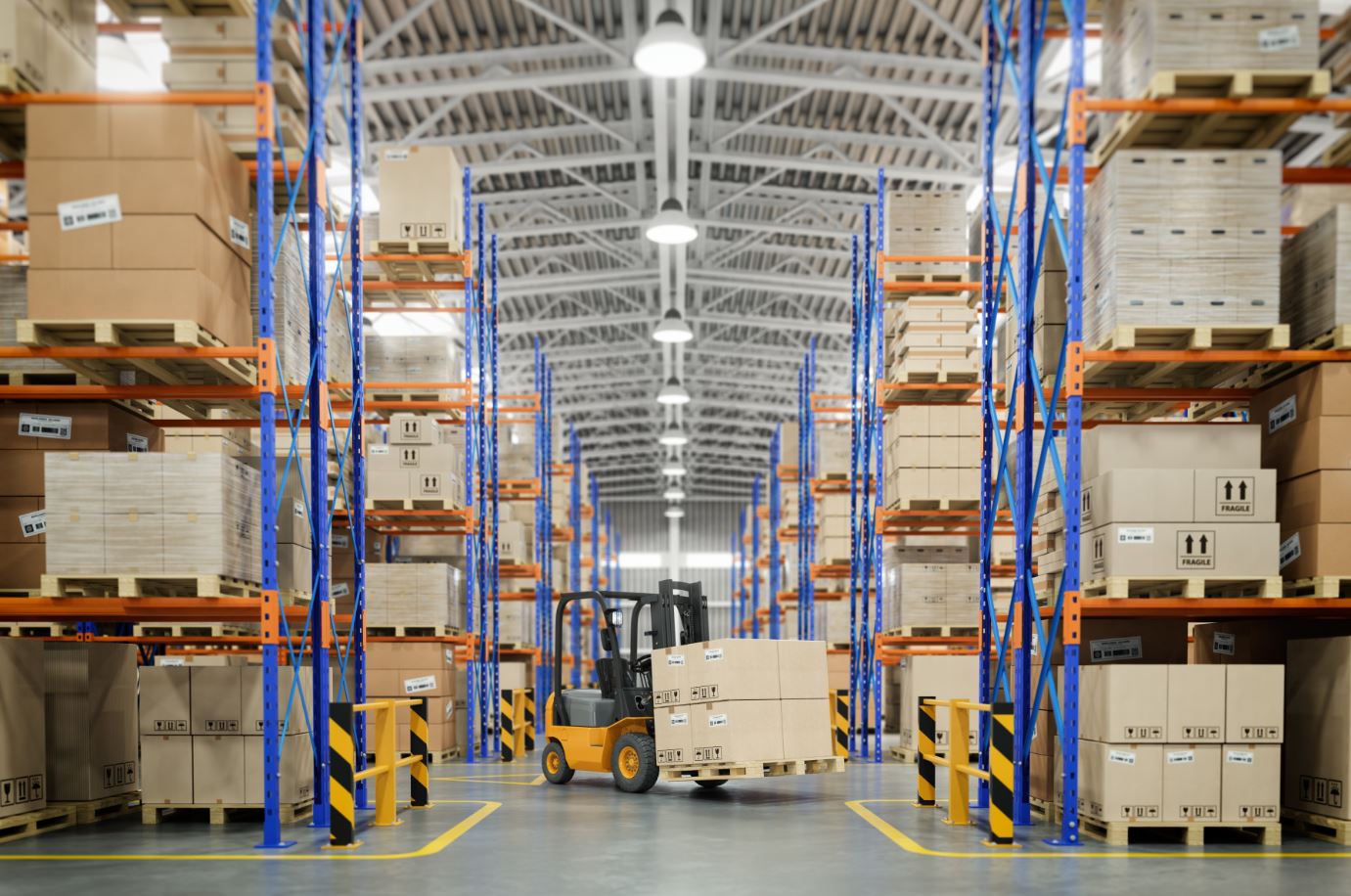
What To Consider With Your Pallets
Pallets today are becoming an integral part of the modern warehouse and manufacturing logistics. They are not only being used for assembling, handling, storing and product transportation but also for sustainability. Sustainability is becoming more difficult to achieve with all the changes that are defining the manufacturing world with each passing day.
With that brief introduction, companies want to know which pallet designs will save them transportation and operational cost while helping them achieve sustainability. This has brought about the pallet pooling system which by the way, has received mixed reactions.
Pallet pooling is a useful trend that assures companies reduced costs, and they do not have to spend on their fleet continuously. That means they can redirect the money that would have otherwise been used for new pallets to other supply chain operations. However, not all will feel comfortable using the system. Mainly it’s due to their customized needs which is why some companies might prefer having their pallets.
They have to align with the companies systems. For instance, if they are using automation, they have to provide a viable solution. Consequently, you have to consider three things;
- Pallet strength – If they keep breaking down causing downtimes, then they are contributing to waste production decreasing the efficiency of the process.
- Pallet durability – Expenditures from having to buy pallets after a short while are a significant threat to companies stability and sustainability.
- Pallet reusability- Campaigns for a greener earth have worked marvelously as companies are looking for reusable pallets that will save fuel energy.
With these three factors, it is easy to find the best pallets. And wood pallets fit this description. They have existed longer than any other types. But given the changing circumstances, plastic and composite pallets are being used today as an alternative to wood. This trend has come to be because wood pallets have some flaws.
Taking the case of automated processes, plastic pallets are more preferred. Reason being they are uniform and identical, and therefore sensors can read data easily. Unlike wood pallets, which may vary slightly in size cause a lot of trouble in automated processes. The sensors have a hard time detecting edges. Also, wood may chip off jamming automation equipment. The consequences of using wood are that the system stops and you know how this affects the process. It will increase the downtime and the cost.
The only remedy to wood pallet inconveniences would be to use the plastic pallet designs once you automate your production processes. It saves time and future costs hence the best solution.
Additionally, plastic pallet designs are being re-engineered to increase their strength-to-weight ratios which reduce the breakdown risks, and since they are lighter yet strong, there is reduced fatigue. The injury risk for the workers are reduced as well.
Another pallet design that is in use is the customization of wood pallets to boost their strength and stiffness. Not all pallets support the different storage equipment. A three-stringer floor wood pallet has high chances of breaking when used for drive-in rack since it is weak and doesn’t help the design. The easy way out here is the collaboration between racking and pallet suppliers to ensure that the models work before their installation.
Lastly, manufacturers are coming up with sustainable, biodegradable and recyclable pallets that are geared toward reducing the companies’ environmental impact.
These trends are bound to take root firmly, and with the technological advancements and lean manufacturing methods being adopted, more pallet designs will emerge with the aim of improving sustainability.





